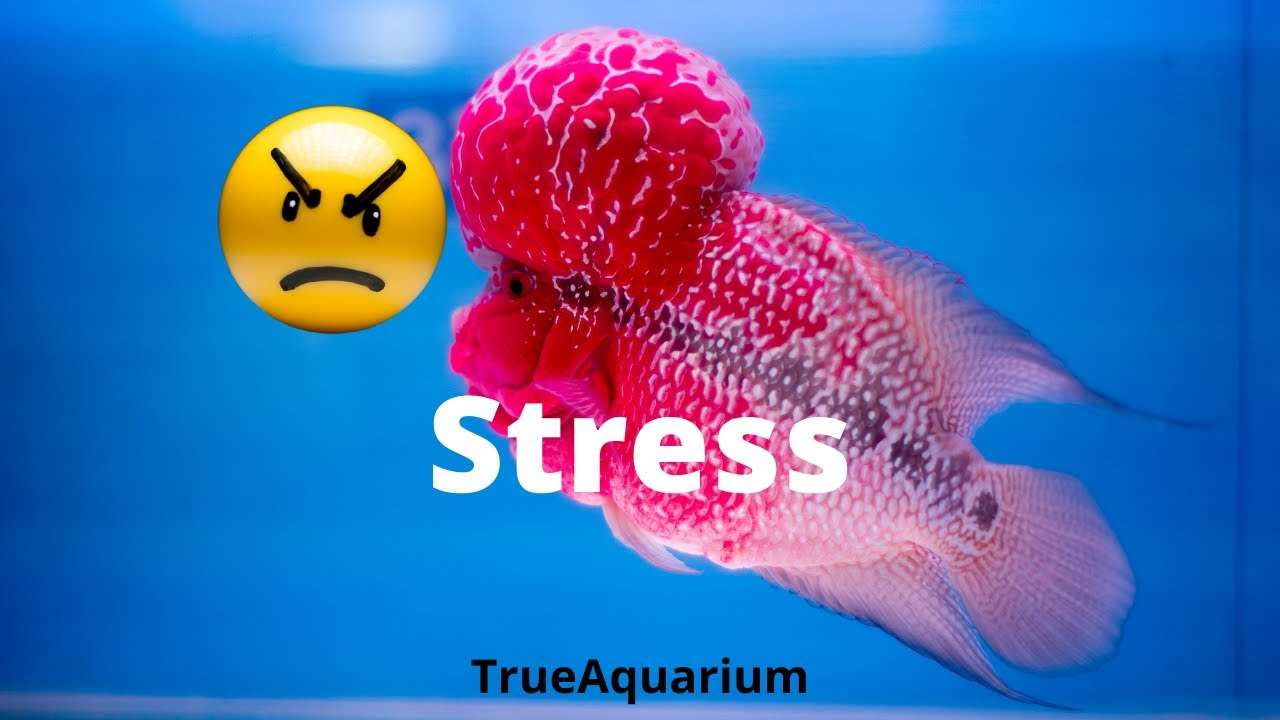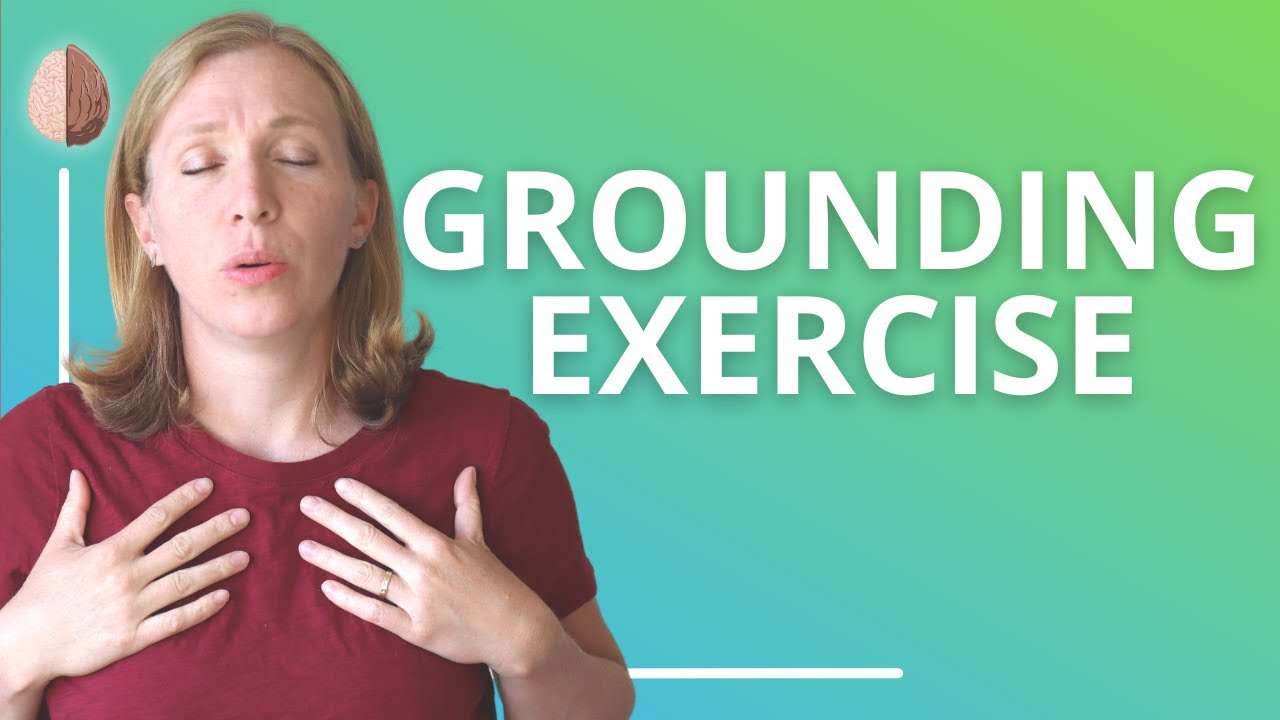Negative thoughts can create more stress in our lives. Not only can “negative affect,” or being in a bad mood, color our experience so that many of the things we experience seem more stressful and even overwhelming, but our bad mood can be contagious, and can even cause others to treat us in a less friendly way, perpetuating negativity in us and virtually everyone we encounter, to a degree.
It is easy to get trapped into the habit of thinking negatively, and changing those thought processes is a goal in cognitive therapy.
Many people have found this to be a useful tool in their stress management strategy.
Cognitive therapy has been found to be effective in the treatment of many issues such as anxiety disorders, depression, and even severe stress. Whether the stress is contributing to mood disorders or is just creating unpleasant feelings that are interfering with a happy lifestyle, cognitive therapy (or a mix of cognitive and behavioral therapy) can be a very effective mode of treatment.
The Idea Behind Cognitive Therapy
Cognitive therapy for stress rests on the premise that it’s not simply the events in our lives that cause us stress, it’s the way we think about them.
For example, two people may be caught in traffic. One person could view this situation as an opportunity to listen to music or get lost in thought and become (or remain) relaxed. Another person may focus on the wasted time or the feeling of being trapped, and become distressed.
There are hundreds of examples of how our thoughts and our negative self-talk color our experiences. These can lead to a triggered stress response or a calm demeanor.
Virtually all of the thought patterns that negatively impact our experiences can be categorized into one of 10 common cognitive distortions. Therapists using a cognitive approach work with clients to recognize and alter these habitually negative thought patterns. You can also work on some of them at home.
Using Cognitive Therapy for Stress Relief
Many people have found a cognitive approach to be wonderfully helpful and much quicker than other therapeutic approaches.
There is no standard length or number of cognitive therapy sessions needed for the treatment of stress. It depends on what your needs are. After a few sessions, some people see improvement. Other people may need months of therapy before they feel better.
This is significantly faster than the years-on-the-couch rate of psychoanalytic therapy, which is what many people still think of when they think of “going to a shrink.”
Support for the effectiveness of this approach comes from research on optimistic and pessimistic explanatory styles. It is also revealed by the positive results that come from cognitive therapy for stress, or a mix of cognitive and behavioral therapy.
Cognitive therapy has also been combined with the practice of mindfulness. This created mindfulness-based cognitive therapy (MBCT), which has shown promising effects as well.
Giving It a Try
When interviewing potential therapists, ask about their experience with this approach. You can also search out someone who specializes in cognitive therapeutic interventions.
If you’re not interested in seeing a therapist at this point but would like to use some cognitive techniques to reduce your stress levels, you can begin at home. There are plenty of books, online courses, and resources that can help you learn to change your thinking patterns.
A Word From Verywell
If you’re not sure if you need cognitive therapy, you might start by asking your physician. Explain your symptoms and ask whether your doctor thinks a referral to a therapist might be helpful. Seeking help can be a little scary but it might be one of the best choices you ever make.
Here’s a look at some of the techniques used in CBT, what types of issues they address, and what to expect with CBT.
Although the past is certainly relevant, CBT focuses on providing you with tools to solve your current problems. And there a lot of ways to get there with this type of therapy.
Cognitive behavioral therapy , or CBT, is a common form of talk therapy. Unlike some other therapies, CBT is typically intended as a short-term treatment, taking anywhere from a few weeks to a few months to see results.
The key principle behind CBT is that your thought patterns affect your emotions, which, in turn, can affect your behaviors.
For instance, CBT highlights how negative thoughts can lead to negative feelings and actions. But, if you reframe your thoughts in a more positive way, it can lead to more positive feelings and helpful behaviors.
Your therapist will teach you how to make changes you can implement right now. These are skills you can continue to use for the rest of your life.
Depending on the issue you’re dealing with and your goals, there are several ways to approach CBT. Whatever approach your therapist takes, it will include:
- identifying specific problems or issues in your daily life
- becoming aware of unproductive thought patterns and how they can impact your life
- identifying negative thinking and reshaping it in a way that changes how you feel
- learning new behaviors and putting them into practice
After speaking with you and learning more about the issue you want help with, your therapist will decide on the best CBT strategies to use.
Some of the techniques that are most often used with CBT include the following 9 strategies:
1. Cognitive restructuring or reframing
This involves taking a hard look at negative thought patterns.
Perhaps you tend to over-generalize, assume the worst will happen, or place far too much importance on minor details. Thinking this way can affect what you do and it can even become a self-fulfilling prophecy.
Your therapist will ask about your thought process in certain situations so you can identify negative patterns. Once you’re aware of them, you can learn how to reframe those thoughts so they’re more positive and productive.
For example: “I blew the report because I’m totally useless” can become “That report wasn’t my best work, but I’m a valuable employee and I contribute in many ways.”
2. Guided discovery
In guided discovery, the therapist will acquaint themselves with your viewpoint. Then they’ll ask questions designed to challenge your beliefs and broaden your thinking.
You might be asked to give evidence that supports your assumptions, as well as evidence that does not.
In the process, you’ll learn to see things from other perspectives, especially ones that you may not have considered before. This can help you choose a more helpful path.
3. Exposure therapy
Exposure therapy can be used to confront fears and phobias. The therapist will slowly expose you to the things that provoke fear or anxiety, while providing guidance on how to cope with them in the moment.
This can be done in small increments. Eventually, exposure can make you feel less vulnerable and more confident in your coping abilities.
4. Journaling and thought records
Writing is a time-honored way of getting in touch with your own thoughts.
Your therapist may ask you to list negative thoughts that occurred to you between sessions, as well as positive thoughts you can choose instead.
Another writing exercise is to keep track of the new thoughts and new behaviors you put into practice since the last session. Putting it in writing can help you see how far you’ve come.
5. Activity scheduling and behavior activation
If there’s an activity you tend to put off or avoid due to fear or anxiety, getting it on your calendar can help. Once the burden of decision is gone, you may be more likely to follow through.
Activity scheduling can help establish good habits and provide ample opportunity to put what you’ve learned into practice.
6. Behavioral experiments
Behavioral experiments are typically used for anxiety disorders that involve catastrophic thinking.
Before embarking on a task that normally makes you anxious, you’ll be asked to predict what will happen. Later, you’ll talk about whether the prediction came true.
Over time, you may start to see that the predicted catastrophe is actually not very likely to happen. You’ll likely start with lower-anxiety tasks and build up from there.
7. Relaxation and stress reduction techniques
In CBT, you may be taught some progressive relaxation techniques, such as:
You’ll learn practical skills to help lower stress and increase your sense of control. This can be helpful in dealing with phobias, social anxieties, and other stressors.
8. Role playing
Role playing can help you work through different behaviors in potentially difficult situations. Playing out possible scenarios can lessen fear and can be used for:
- improving problem solving skills
- gaining familiarity and confidence in certain situations
- practicing social skills
- assertiveness training
- improving communication skills
9. Successive approximation
This involves taking tasks that seem overwhelming and breaking them into smaller, more achievable steps. Each successive step builds upon the previous steps so you gain confidence as you go, bit by bit.



